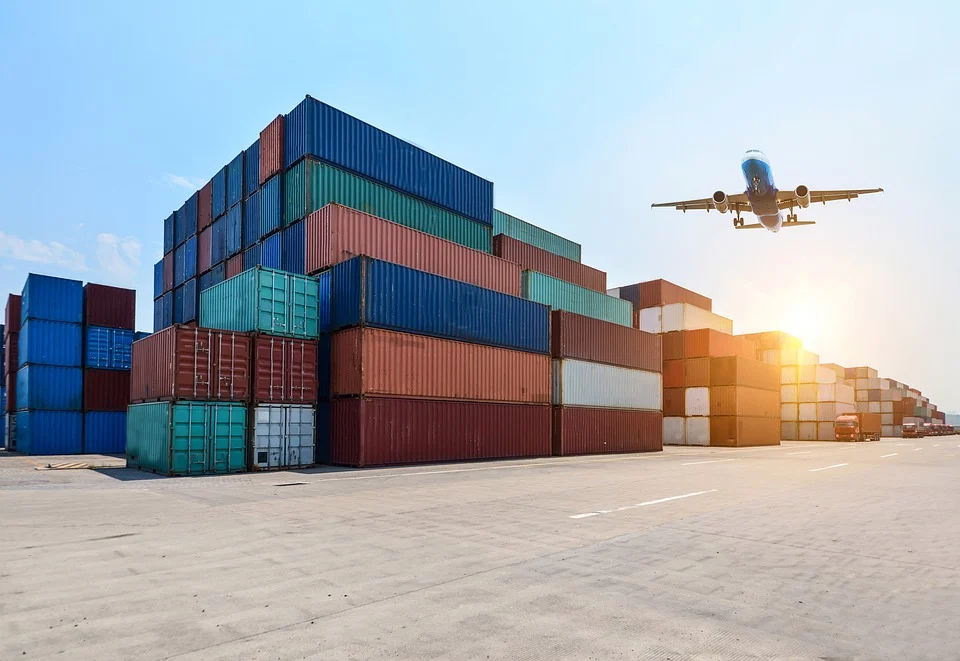
Much like the rest of the world, India was also no exception to suffering losses financially as a result of the pandemic. However, recent reports have shown that after the second wave of Covid-19, India has been making a steady recovery in its GDP, largely due to an increase in its exports. Merchandise exports especially have played a significant role in helping India recover from its losses, and this linear growth is expected to continue well into 2022.
According to data collected from the commerce ministry, some sectors have thrived greatly, including gems, jewelry, chemical goods, and engineering goods. Leading the way in the engineering sector especially could mean something like private jet costs could go down, and chartering one for your own private use could be accessible like never before. But just how much of an impact can exports have on a country’s GDP? To find out more, keep reading below.
Exports and Their Importance
Exporting merchandise from one country or another plays a crucial role in generating economic growth, and generally, it is understood that the higher the export rate of a country, the quicker the pace at which their GDP will grow.
Exports are goods/merchandise, or sometimes services, that are produced in one country, in this instance in India, and then sold to customers in another country and are open to both the government as well as private, individual buyers. This process is most of what makes up international trade. At present, India is one of the top exporters of agricultural products across the world.
Another important factor to consider when looking at exporting goods is the fact that there must be a healthy balance between exports as well as imports. A good balance between the number of goods coming into and going out of the country is responsible for growth momentum. If the import rate is higher than the export rate, for instance, then there is a risk of a trade deficit that could negatively impact a country’s exchange rate.
In India’s case, imports during the month of November 2021 increased around 45% to 35.11 billion dollars, a significant increase in comparison to 24.15 billion dollars in the previous year. In line with this, its export rate has also steadily increased and is well on the way to surpassing 400 billion dollars by the end of the current fiscal period.

India’s Steady Recovery
From mid-year towards the end of 2021, India began to show signs of improvement in its GDP and merchandise exports. The total merchandise exports remained above 30 billion dollars consecutively for the 7 months from April to October.
In more detail, the total merchandise export between April and October was valued at around 262.5 billion dollars, which was more than 50% of growth compared to the 174 billion dollars in the previous year.
It was reported that the top five products that were being exported in the months between April and October were petroleum products, organic and inorganic chemicals, engineering goods, gems and jewelry, and pharmaceutical goods.
Petroleum products being exported in November were especially successful, with their value totaling 3.95 billion dollars on a yearly basis. Exports of engineering goods also rose by 8 billion dollars, and organic and inorganic chemicals jumped around 32%.
Electronic goods also saw an increase in exports, and they rose from 1.12 billion dollars in November to 1.45 billion dollars, an increase of almost 30%.
Next Steps
India’s Department of Commerce is also working to accommodate the export growth that they expect will continue to grow in 2022 by holding talks with five countries – Australia, Canada, UK, UAE, and EU to potentially conclude free trade agreements with them. Setting up FTAs with these five countries will be beneficial as it will mean that when goods or services are being traded, it will be done so with minimal costs from any government tariffs or quotas, which will increase the profit made.
The Commerce Ministry has also prepared a list detailing the 102 items that India has been importing and has identified potential for increasing manufacturing capabilities domestically. Enhancing domestic manufacturing decreases the reliance on imports, and India can instead turn some of those imports into export products in the future.
Alongside South Korea, India has also set a bilateral trade target of 50 billion dollars before 2030. South Korea’s Trade Minister, Yeo Han-Koo, held talks with India’s Industry and Commerce Minister, Piyush Goyal, in New Delhi. Both ministers agreed to meet regularly with updates from their negotiating teams so that they can meet their set deadline of reaching their target before the year 2030.
Compared to the first half of 2021, South Korea’s exports to India have increased 38.5%, and the trade balance recorded a surplus of 3.8 billion dollars.






